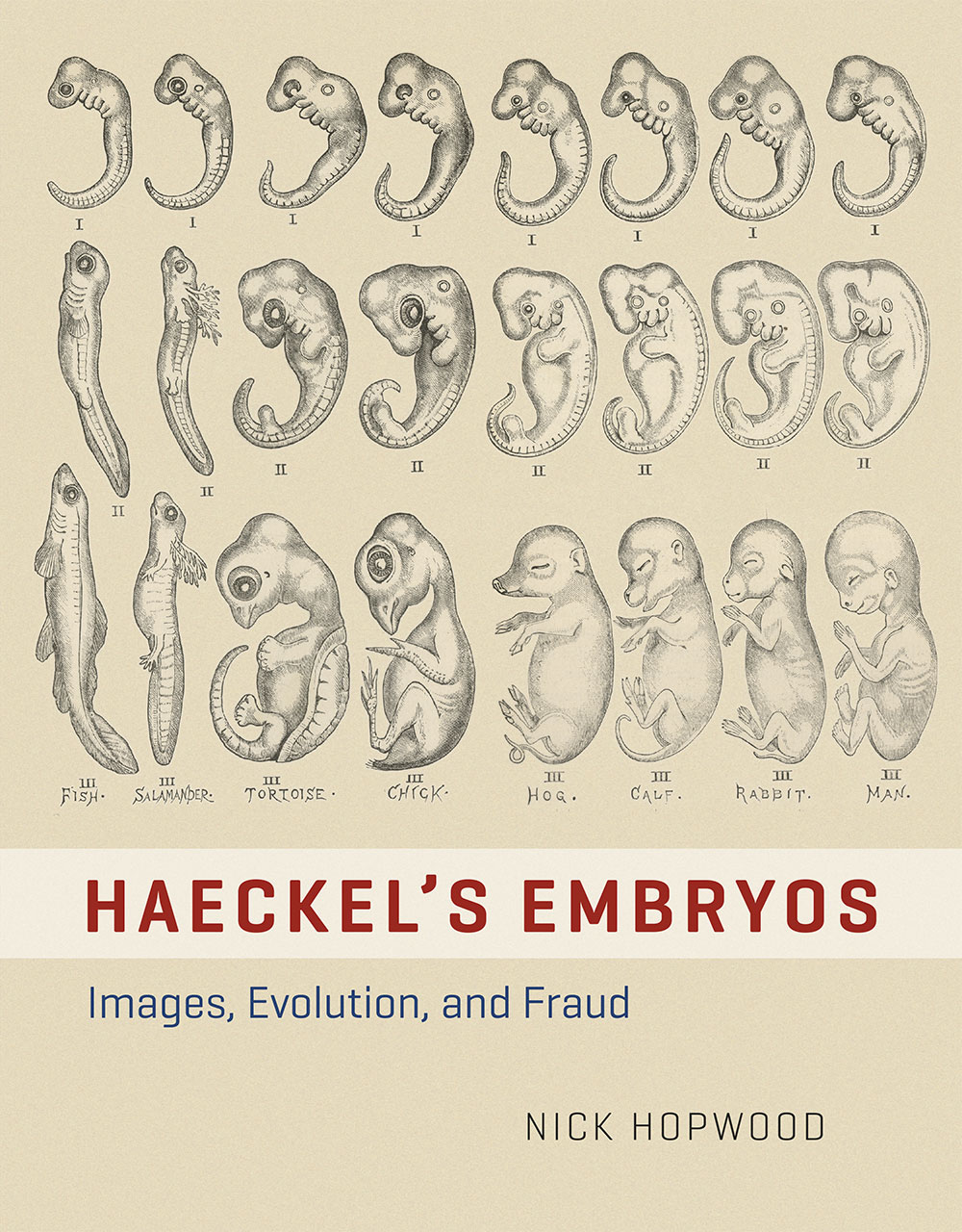B
buffalo
Guest
They breed dogs to run fast too.
Polar Bears and Grizzlies are not wholly reproductively incompatible, and intermediate varieties are missing by virtue of their distinctive habitats rather than by genetic isolation. If polar bears are forced onto the land, interbreeding may become much more frequent, and the current phenotypic distinction between the two much less evident.My guess is that polar bears will very quickly adapt to an iceless world, since a large part of their survival is based on behaviors, and bears are smart animals. It is possible, however, that they will die out except in zoos. The younger ones among us may actually live long enough to see which way things go.
Let’s call them Felidae. Felix and Felicia being the first representatives of that family.The same kind of animal? What animal would that be, the cheetigerlion?

If one takes an existential vs material approach to understand the diversity of life, the question becomes a bit more complex than what seems to be the rather simplistc approach to defining species that we have today.could scientists be correct that bears and dogs have a common ancestor?
I wonder why fraud occurs and is presented as religion. “shape current views of the world”? That sounds like propaganda.I wonder why fraud occurs and is presented as science. “shape current views of the world”? That sounds like propaganda.
I think I would not be mistaken if I said that creationists consider that the ‘cat’ kind and the ‘dog’ kind were separate creations, and did not evolve from anything else. If I entertained this notion, I would wonder when each kind was created. However, while I was looking at the fossil record, I would have to decide how inclusive the words ‘cats’ and ‘dogs’ should be. Mongooses and hyaenas have several similarities to cats, but should they be considered separate creations or just ‘varieties’, and the same applies to badgers and bears - are they just varieties of dog? If you follow normal creationist ideas, based not on genetic but on morphological similarity, I guess you’d say they were all separate creations.[benjamin1973:] Lions, tigers and cheetahs are evidence for macro evolution. They are clearly related, but have speciated.
[Aloysium:] They are expressions of the same kind of animal.
The branch is just speculation.Do you know how things branch?
Well, not technically entirely human, because the work was not done directly on the genome of the plant. The plants were allowed to mutate naturally and the human selected which mutants to breed to each other. By this method, the humans didn’t get to choose which genes to change or how they would be changed.The environmental catalyst producing the rose was entirely human. The rose as depicted is the result of selective breeding with a full body, deep colour and intense scent as desired outcomes. It has nothing to do with environmental pressures in its ‘natural’ habitat. Those garden plants which have been transplanted fully formed from discoveries elsewhere have usually developed under the stress of competition for insect attention, and the retention of that attention once achieved.

Yes. Every Polar Bear and Poodle share ancestors from whom they are directly decended, father and mother to son and daughter.If a cat can be descended from a common ancestor with tigers, lions, cheetahs, etc. and wolves, dachshunds, and red foxes can have a common ancestor - could scientists be correct that bears and dogs have a common ancestor?
Avoid the existential vs material approach. The question, and the answer, are simple.If one takes an existential vs material approach to understand the diversity of life, the question becomes a bit more complex than what seems to be the rather simplistc approach to defining species that we have today.
Oh, really! No it doesn’t. It has to do with whether their direct ancestors were the same. They were.The question as to whether they share a common ancestor has to do with the type of being that they represent.
Mostly, nowadays, DNA. Also fossils.How do we know?
Very true, but wholly irrelevant to the question.Clearly, one would relate very differently to a dog, compared to a fox or a wild dog or a bear. but this would have to do with their temperament and attitude towards human beings, along with, needless to say, their size. Each animal is a different whole and individual being but expresses the morphology and instinctive nature that defines its kind.
Unfortunately for your dogma, exactly the same logic which leads to a conclusion that Polar Bears and Poodles share common descent equally and in every respect applies to Poodles and Pekinese.What I would say is that they are variations of the same thing.
This would be in contrast with cats and dogs, which are different kinds of animals.
Well fair enough. When ignorance is bliss, and all that…I’m sure this sounds very airy-fairy, and I am making it up as I go, based on what makes sense to me.
Actually the DNA evidence is far more cogent. Considering what things are in themselves, however, is so subjective both in what it means and in how you go about it, as not to lend itself to any particular world view.To collect a bunch of bones and say that bears and dogs are related through a common ancestor, although it being based on agreed criteria, and thereby seemly more rigorous, it is not necessarily true, when we consider what things are in themselves.
It also obfuscates what is actually a very simple question.Doing so recognizes not only the psychological but the spiritual/ontological/metaphysical reality of the particular living expression of being, as itself.
